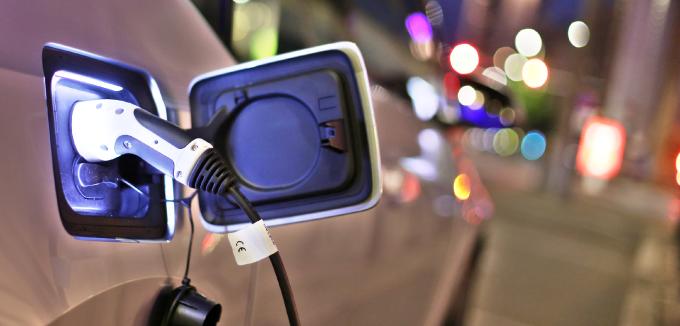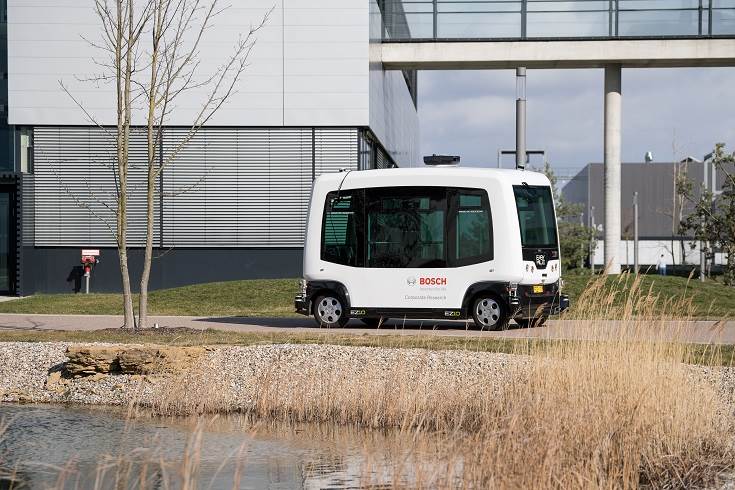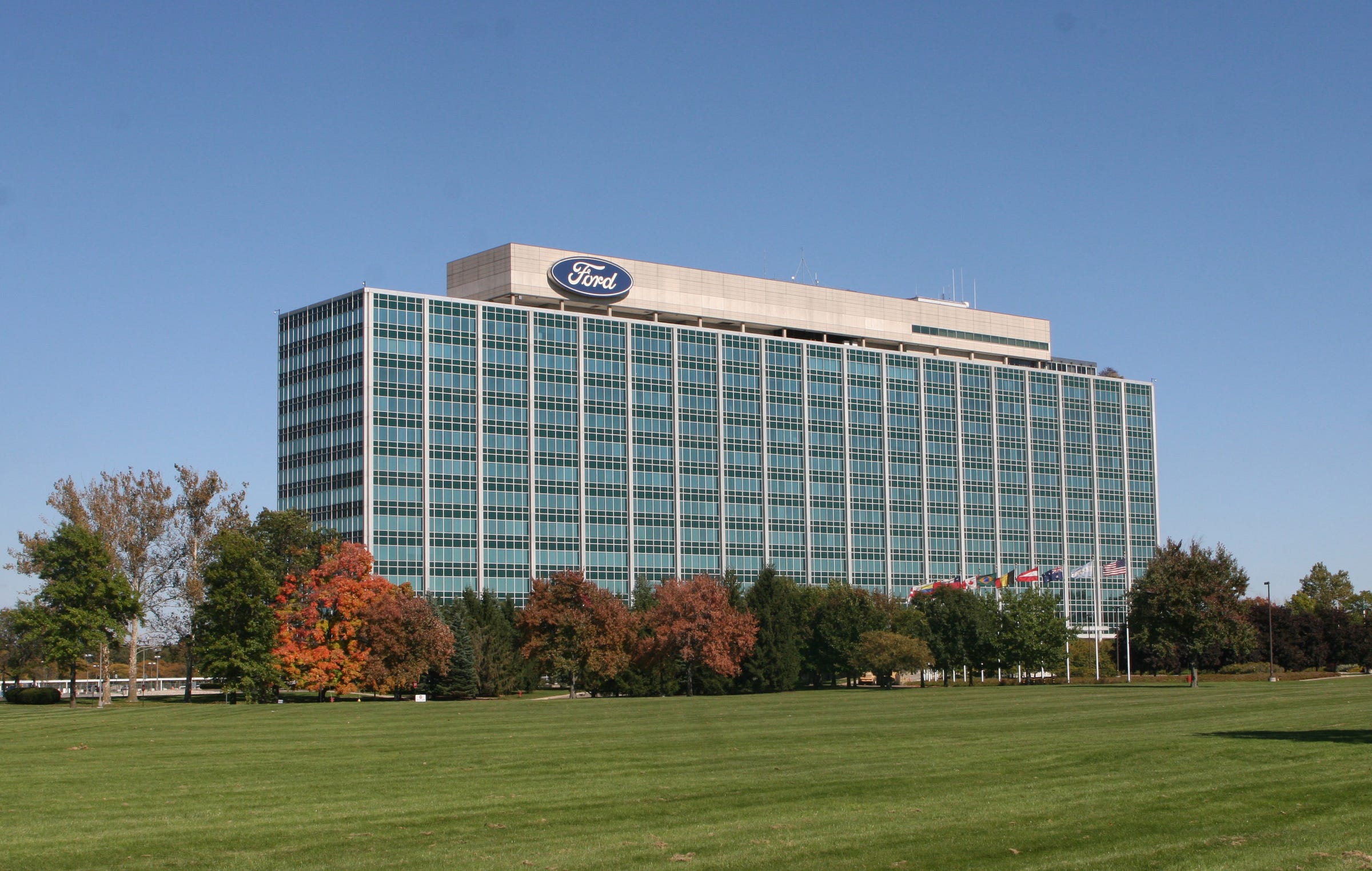FILE PHOTO: New Fiat 500 electric cars are displayed at a Fiat Chrysler event held to unveil its first electric model, in Milan, Italy, March 4, 2020. REUTERS/Flavio Lo Scalzo MILAN (Reuters) – Fiat Chrysler (FCHA.MI) aims to restart operations at three Italian sites as soon as the government lifts coronavirus restrictions on manufacturing, a… Continue reading Fiat Chrysler to start three Italian sites immediately after lockdown ends: union
Tag: People
News – COVID-19: ACEA letter to Commission Secretary General regarding public consultations
In light of the unfolding COVID-19 crisis, the European Automobile Manufacturers’ Association (ACEA) wrote a letter to the Secretary General of the European Commission regarding public consultations affecting the automotive sector. All manufacturers of cars, vans, trucks and buses in the EU have shut down their operations for at least two to six weeks and… Continue reading News – COVID-19: ACEA letter to Commission Secretary General regarding public consultations
March 2020 strongest month so far: Purchase premium drives demand for electric cars to record highs
Jan Woitas / dpa central image An electrically powered BMW i3 in downtown Leipzig Last March, more applications were made for the electric car and plug-in hybrid purchase premium than ever in a month. A total of 12,365 people or companies registered with the responsible Federal Office of Economics and Export Control, as can be… Continue reading March 2020 strongest month so far: Purchase premium drives demand for electric cars to record highs
Veoneer and Volvo Cars to Split Joint Venture to Pursue Separate ADAS and Autonomous Driving Strategies
STOCKHOLM, Sweden, April 2 , 2020 /PRNewswire/ — The automotive technology company Veoneer, Inc. (NYSE: VNE and SSE: VNE SDB), have following a strategic review, entered into a non-binding agreement with Volvo Cars to split their 50/50 joint venture Zenuity. The parties have agreed in principle that Veoneer will integrate and operate the current… Continue reading Veoneer and Volvo Cars to Split Joint Venture to Pursue Separate ADAS and Autonomous Driving Strategies
Bosch led Project 3F presents results on automated driving at low speed
Ferrying visitors from tram stop to exhibition center, supplementing public transport routes, moving containers full of packages in a logistics center, are all these are possible use cases for driverless shuttles says German Tier 1 Bosch. The main purpose for the automated shuttles is for them to be able to get safely from point A… Continue reading Bosch led Project 3F presents results on automated driving at low speed
@Hyundai: ‘Kia Promise’ extends vehicle warranties worldwide
Kia Motors Corporation extends cover for vehicles with original manufacturer warranty that expires between February 1 and April 30, 2020 Kia Promise extends warranty cover in 142 countries to June 2020, aims to help customers who may be unable to visit a workshop during pandemic Covers around over 500,000 Kia vehicles worldwide Kia Motors will… Continue reading @Hyundai: ‘Kia Promise’ extends vehicle warranties worldwide
Corona crisis: Heads of Daimler, BMW and VW made crisis call to Merkel
Angela Merkel The representatives of the auto industry made a crisis phone call to the chancellor on Wednesday. (Photo: via REUTERS) Munich, Frankfurt The bosses of Daimler, BMW and Volkswagen talked to the top government representatives on the phone for about an hour on Wednesday evening. The topic: How does the industry come from stopped… Continue reading Corona crisis: Heads of Daimler, BMW and VW made crisis call to Merkel
McLaren to put staff on furlough, F1 drivers take pay cut
LONDON (Reuters) – McLaren became the first Formula One team to furlough staff because of the coronavirus on Wednesday, with drivers Lando Norris and Carlos Sainz joining senior management in taking a pay cut. FILE PHOTO: Formula One F1 – Pre Season Testing – Circuit de Barcelona-Catalunya, Barcelona, Spain – February 21, 2020 McLaren’s Lando… Continue reading McLaren to put staff on furlough, F1 drivers take pay cut
Ford confirms coronavirus death of UAW worker at Michigan Assembly in Wayne
Ford Motor Company officials confirmed Tuesday night the death of a fourth UAW member diagnosed with COVID-19, this worker based at the Michigan Assembly Plant’s integrated stamping facility. “We are saddened to report that a fourth Ford team member who worked in southeast Michigan passed away after contracting COVID-19,” said company spokeswoman Kelli Felker in a statement.… Continue reading Ford confirms coronavirus death of UAW worker at Michigan Assembly in Wayne
Lucid Motors pushes back the unveiling of its long-awaited electric sedan – Engadget
Sponsored Links Lucid Motors Back in January, Lucid Motors announced that it’s finally unveiling the production model of its electric sedan in April three years after it was first revealed. The company was supposed to launch the car next week at the New York Auto Show, but the event was postponed until August due to… Continue reading Lucid Motors pushes back the unveiling of its long-awaited electric sedan – Engadget



